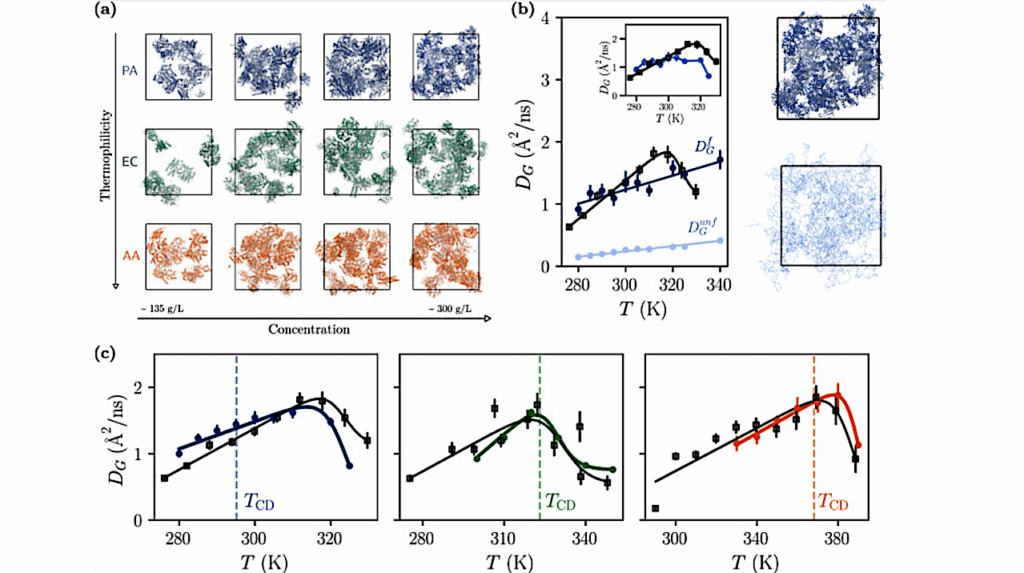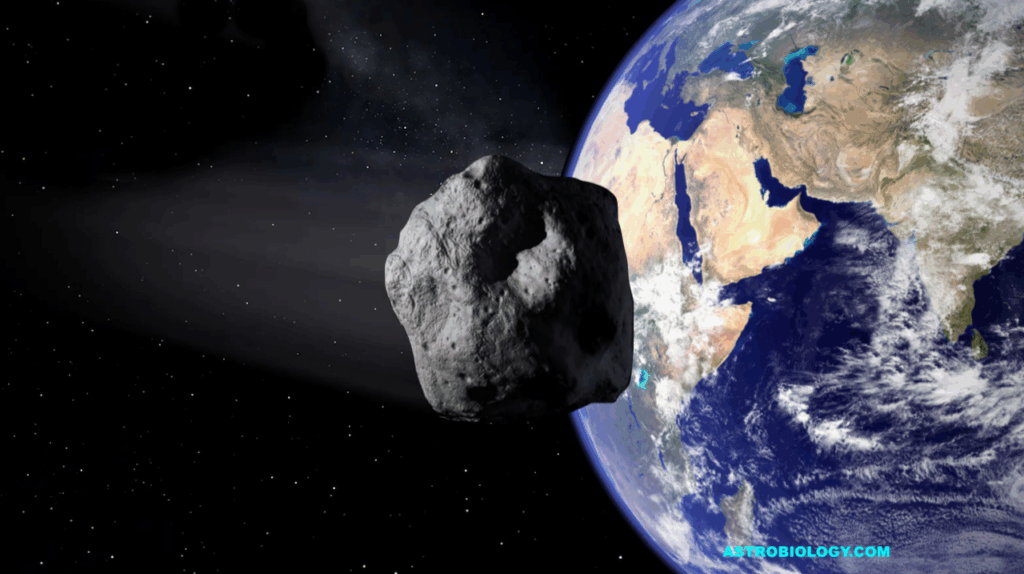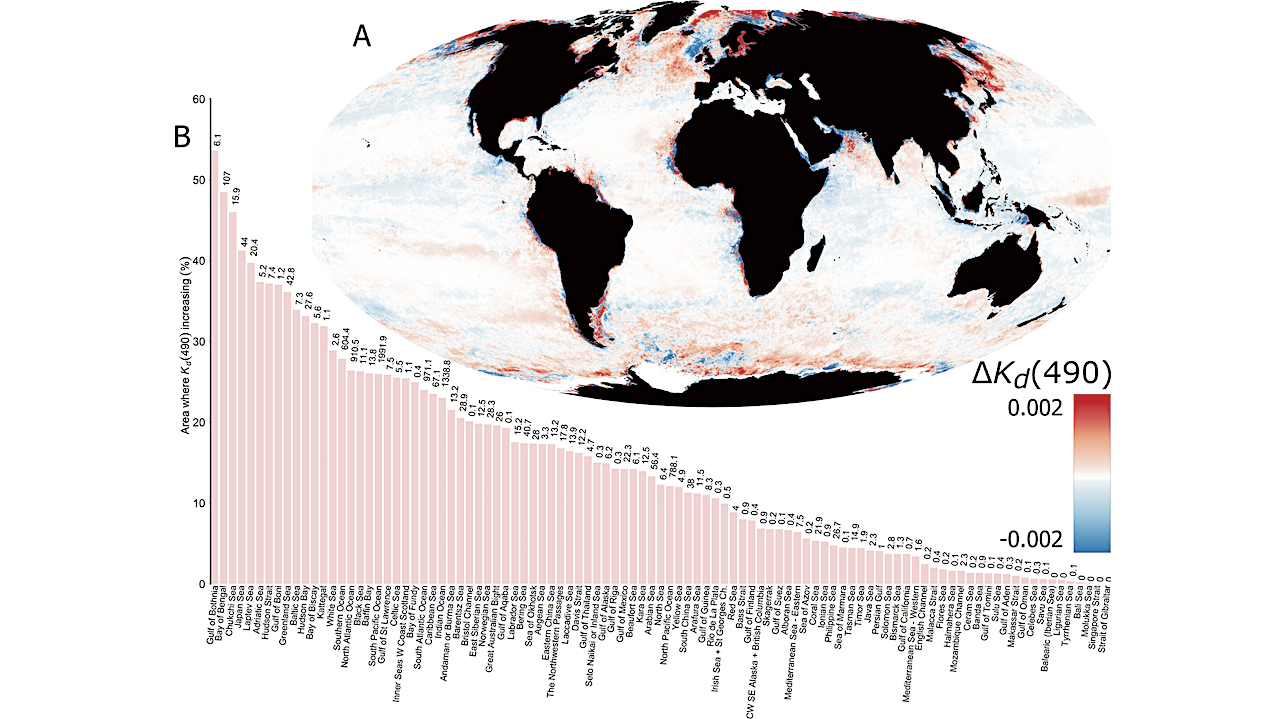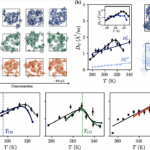Now Reading: Planet Earth in Reflected and Polarized Light: II. Refining Contrast Estimates for Rocky Exoplanets with ELT and HWO
-
01
Planet Earth in Reflected and Polarized Light: II. Refining Contrast Estimates for Rocky Exoplanets with ELT and HWO
Planet Earth in Reflected and Polarized Light: II. Refining Contrast Estimates for Rocky Exoplanets with ELT and HWO
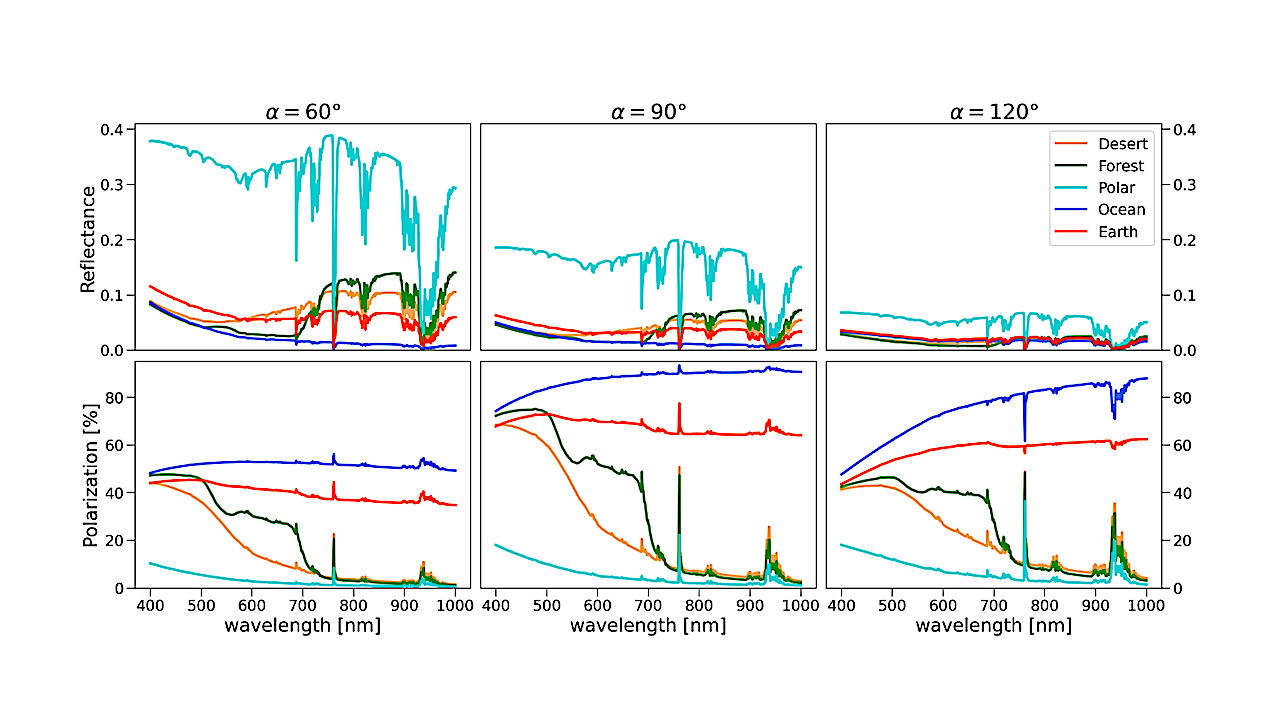

Reflected light (top row) and polarized light (bottom row) spectra for various homogeneous, cloud-free planets with different surface types. The wavelength-dependent spectral features of desert, forest, and polar surfaces are taken from HAMSTER (Roccetti et al. 2024) and modeled as Lambertian reflectors, while the ocean surface incorporates BRDF and BPDF treatments. Each column corresponds to spectra at different phase angles α: 60, 90, 120◦ — astro-ph.EP
The characterization of nearby rocky exoplanets will become feasible with the next generation of telescopes, such as the Extremely Large Telescope (ELT) and the mission concept Habitable Worlds Observatory (HWO).
Using an improved model setup, we aim to refine the estimates of reflected and polarized light contrast for a selected sample of rocky exoplanets in the habitable zones of nearby stars. We perform advanced 3D radiative transfer simulations for Earth-like planets orbiting G-type and M-type stars.
Our simulations incorporate realistic, wavelength-dependent surface albedo maps and a detailed cloud treatment, including 3D cloud structures and inhomogeneities, to better capture their radiative response. These improvements are based on Earth observations. We present models of increasing complexity, ranging from simple homogeneous representations to a detailed Earth-as-an-exoplanet model.
Our results show that averaging homogeneous models fails to capture Earth’s full complexity, especially in polarization. Moreover, simplistic cloud models distort the representation of absorption lines at high spectral resolutions, particularly in water bands, potentially biasing atmospheric chemical abundance estimates. Additionally, we provide updated contrast estimates for observing rocky exoplanets around nearby stars with upcoming instruments such as ANDES and PCS at the ELT.
Compared to previous studies, our results indicate that reflected light contrast estimates are overestimated by a factor of two when simplified cloud and surface models are used. Instead, measuring the fractional polarization in the continuum and in high-contrast, high-resolution spectra may be more effective for characterizing nearby Earth-like exoplanets. These refined estimates are essential for guiding the design of future ELT instruments and the HWO mission concept.
Giulia Roccetti, Michael F. Sterzik, Julia V. Seidel, Claudia Emde, Mihail Manev, Stefano Bagnulo
Comments: Accepted for publication in A&A, 16 pages, 12 figures, 2 tables
Subjects: Earth and Planetary Astrophysics (astro-ph.EP)
Cite as: arXiv:2506.04348 [astro-ph.EP] (or arXiv:2506.04348v1 [astro-ph.EP] for this version)
https://doi.org/10.48550/arXiv.2506.04348
Focus to learn more
Submission history
From: Giulia Roccetti
[v1] Wed, 4 Jun 2025 18:03:27 UTC (7,553 KB)
https://arxiv.org/abs/2506.04348
Astrobiology,
Stay Informed With the Latest & Most Important News
Previous Post
Next Post
-
 012024 in Review: Highlights from NASA in Silicon Valley
012024 in Review: Highlights from NASA in Silicon Valley -
 02Panasonic Leica Summilux DG 15mm f/1.7 ASPH review
02Panasonic Leica Summilux DG 15mm f/1.7 ASPH review -
 03From Polymerization-Enabled Folding and Assembly to Chemical Evolution: Key Processes for Emergence of Functional Polymers in the Origin of Life
03From Polymerization-Enabled Folding and Assembly to Chemical Evolution: Key Processes for Emergence of Functional Polymers in the Origin of Life -
 04How New NASA, India Earth Satellite NISAR Will See Earth
04How New NASA, India Earth Satellite NISAR Will See Earth -
 05And Thus Begins A New Year For Life On Earth
05And Thus Begins A New Year For Life On Earth -
 06Astronomy Activation Ambassadors: A New Era
06Astronomy Activation Ambassadors: A New Era -
07SpaceX launch surge helps set new global launch record in 2024












